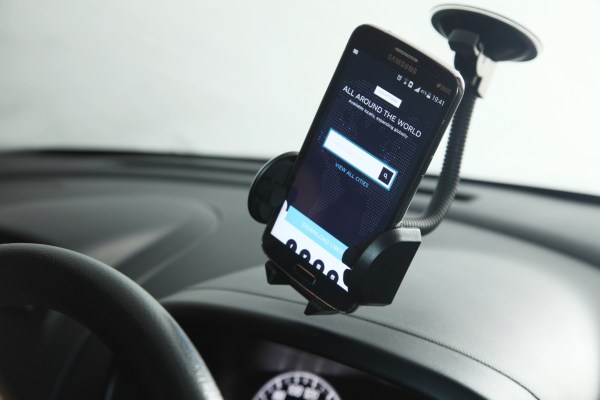Uber, fresh off $3.5 billion from the Saudi Arabia Public Investment Fund, is in talks to close another $1-2 billion in the form of leveraged loans.
Over the last 24 hours, the term “leveraged loans” has been thrown around a lot, but few in the startup world have seen this term before.
The bankers and finance professors I spoke to were quick to proclaim their hatred for the term because ordinary debt is already leveraged. The idea of leveraged loans is that they are taken by companies already relatively leveraged. Leveraged loans are given a higher interest rate to accommodate for the additional risk to lenders.
Every startup is faced with a decision of how much equity financing to accept. Whenever possible, debt is preferable to equity because it prevents dilution. Private companies like Uber can’t issue bonds like traditional public companies because the bonds would be considered a securities offering by the Securities and Exchange Commission requiring disclosure.
All the hype around Uber raising such a large leveraged loan might be overstated. The Wall Street Journal reported that the company would like to settle on a 4-4.5 percent interest rate. This appears ambitious but let’s assume that it is accurate.
While not completely applicable, Apple issued $12 billion in bonds at a 3.22 percent blended interest rate excluding floating rate debt. Yes, 4.5 percent is greater than 3.22 percent but junk bond references by the Wall Street Journal and Recode should be taken lightly. Junk bonds can generate upwards of 7 percent interest. Plenty of well-known publicly traded companies have issued bonds at rates higher than 4.5 percent and survived to fight another day. Yes, both leveraged loans and junk bonds have higher-than-normal interest rates. Unlike junk bonds, a 4-4.5 percent interest rate for Uber shouldn’t invoke images of the subprime mortgage crisis.
Professor Jarrad Harford of the Foster School of Business at the University of Washington maintains that companies like Uber have to contend with the fact that their assets walk out the door every day and that cashflows are not predictable. As a result, banks can claim very little in collateral.
Concerns over liquidation in the event of an Uber firesale are also likely overstated. Debt as an asset class is paid before equity. However, this is only relevant to Uber in the case that the company is acquired at a valuation drastically lower than their current valuation. At this point, Uber is too large to be acquired. The company’s last valuation is larger than that of Ford or GM. Even if Uber’s valuation were to be suddenly and unexpectedly cut in half, it would still be too large for any automaker and nearly any technology company to acquire.
While a risky early-stage startup might want to fund itself with debt, it can’t go to a bank and ask for a $10 million loan to finance expansion. Startups always want to give up as little as possible but are limited by what financiers will offer them.
Finance in general is more art than science. It is possible that a leveraged loan might include prioritization within the debt schedule halting Uber from taking on future debt at a higher priority. However, it is impossible to know what Uber’s terms look like. One clear benefit to Uber is that private debt is not subject to public information disclosure requirements.
Uber’s loans are likely a benign way of raising capital. The caveat would be if the company’s financials were worse than anticipated and the company needed cash so badly that they were willing to accept relatively poor terms. This doesn’t appear to be the case given the $3.5 billion dollar equity round the company closed two weeks ago.
